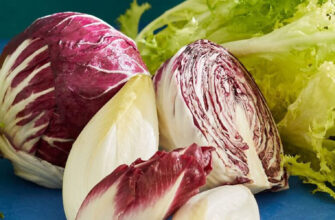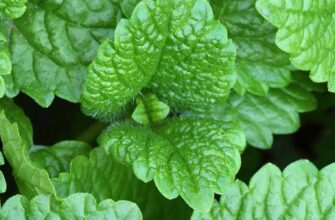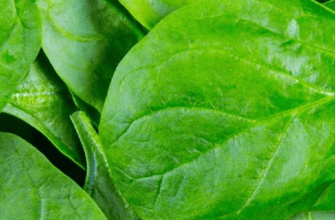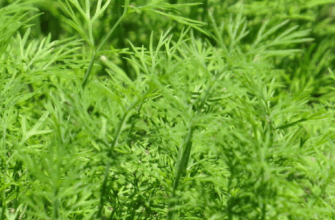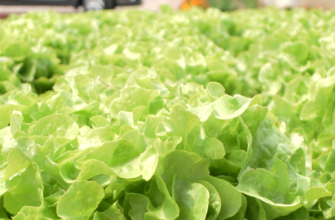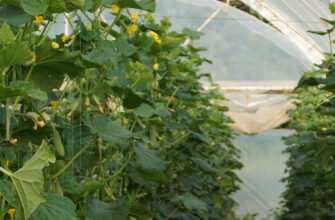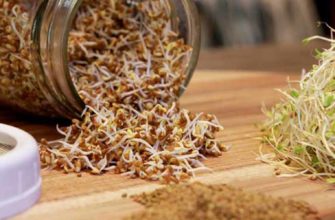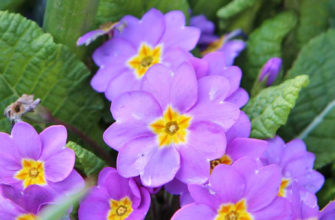Spinach is a nutritious and relatively easy-to-grow crop that is gaining popularity in Ukraine. When cultivating it in open ground, the key factors are choosing a sunny location, maintaining soil moisture at 75–80%, and regular fertilization.
It is possible to harvest spinach almost year-round depending on the sowing schedule and variety selection. Some varieties can even produce edible berries. Read on for more details about growing technology and variety-specific nuances.
Spinach Varieties
The first step in growing spinach is choosing the seeds. With each year, the assortment of hybrids and varieties expands and now exceeds fifty types. Dutch hybrids (Boa F1, Spiros F1, Korver F1) and varieties like Monores, Lagos, Long Standing, and Vip are all widely used.
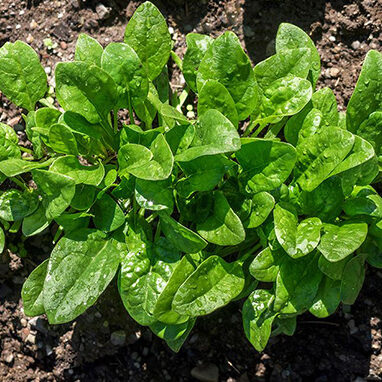
Popular types include Matador, Strawberry Spinach, and Large-Leaf:
Matador
Known for its bright green color. The plant reaches about 40 cm in height, with leaves weighing approximately 30 grams.
It has an excellent taste and is great for freezing. Ready to harvest in about 40 days after sowing.
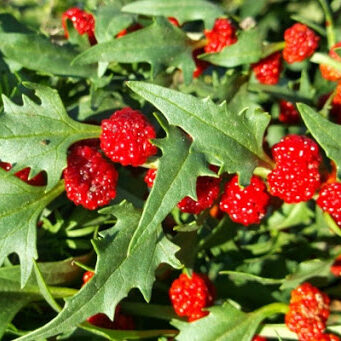
Strawberry Spinach (Chenopodium foliosum)
An unconventional plant that produces both edible leaves and berries. Leaves are used fresh, in soups and salads, or frozen.
The berries can be turned into jam, jelly, or compote, with a taste similar to mulberries or blackberries.
It matures in around 60 days but has a high self-seeding potential, which may lead to unexpected regrowth if berries are not collected properly.
Large-Leaf
One of the earliest varieties (30–35 days). The name speaks for itself — large, dark green, massive leaves with a mild taste.

Growing Conditions
Spinach, like most leafy greens, is not overly demanding, but several environmental factors significantly affect yield quality. These include temperature, light, and moisture.
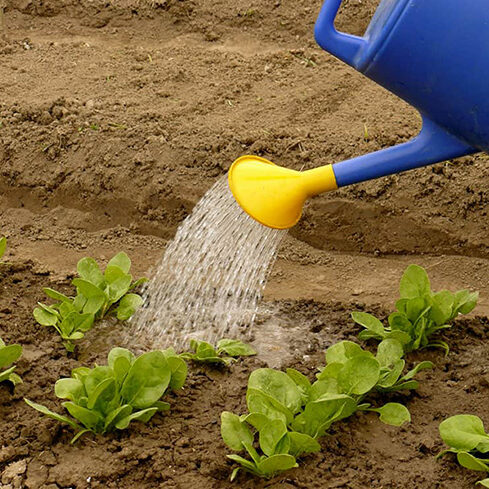
- Temperature: Spinach tolerates cold well. Seeds germinate at +3 to 4°C, and seedlings can endure frosts down to –10°C. The ideal temperature for growth is +15 to 17°C. High temperatures above +20°C with poor irrigation lead to bolting and smaller leaves.
- Lighting: Short daylight hours encourage the formation of large, meaty rosettes. In contrast, longer daylight periods (May–July) result in smaller leaves. Choose sunny spots but ensure timely irrigation during heat.
- Moisture: Spinach thrives on water. Optimal soil moisture should be 75–80% of field capacity. In southern Ukraine, drip irrigation or autumn/winter sowing is advised. Signs of drought stress include smaller, rough leaves with yellowish hues.
Open Field Cultivation
Ideal crop rotation partners include potatoes, cabbage, legumes, and other vegetables grown with organic fertilizers. Avoid crust-forming soils — loamy and sandy loam soils are best.
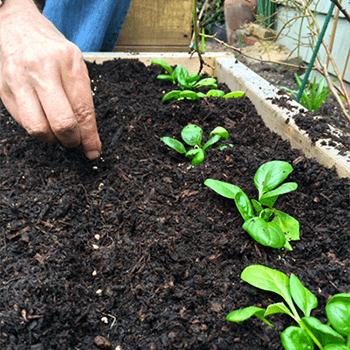
Depth: Sow seeds 1.5–2 cm deep into moist soil and roll the surface before and after sowing.
Sowing: Due to its cold tolerance, spinach can be sown in September, during winter, or early spring. For an autumn harvest, sow in August.
Sowing patterns: 35×7–10 cm or 50×20 cm with drip irrigation. Seed rate: 300–500 g per 100 m². In summer, increase the seed amount.
Spinach Care
Seedlings emerge 9–12 days after sowing in spring or summer. Perform early hoeing and weed removal. Thin plants to leave 10 cm between them if stands are too dense.
For Large-Leaf spinach, maintain an average daily temperature of 17–18°C and ensure consistent moisture; otherwise, leaves may remain small and bolt prematurely.
Watering frequency depends on climate; usually, one or two irrigations suffice. Rich soil yields better crops. Organic fertilizers may be applied before sowing. Spinach responds well to nitrogen but phosphorus and potassium can promote premature bolting.
Strawberry spinach requires special attention. Sow at 40×40 cm, 1 cm deep, and mulch. Better to grow it from seedlings. When plants reach 50–70 cm, staking is necessary. For fruit harvest, grow in sunny areas to enhance flavor.
Pests and Diseases
Despite being relatively undemanding, spinach is vulnerable to several pests and diseases, especially in humid or unstable conditions.
- Common pests:
- Aphids: tiny insects that suck sap, causing curling, yellowing, and weakening of leaves.
- Leaf miners: larvae tunnel through leaves, reducing photosynthesis and market quality.
- Slugs: especially active in wet weather, they chew holes in young leaves and can destroy seedlings.
- Diseases:
- Downy mildew: yellow patches on the top side and gray mold underneath; spreads quickly in humid environments.
- Rust: causes rust-colored spots and leaf drop.
- Prevention and Protection:
- Practice crop rotation — avoid planting spinach in the same spot for consecutive years. Alternate with cabbage, radish, or carrots.
- Mulch to retain moisture, suppress weeds, and minimize leaf contact with soil.
- Water only at the root zone to prevent fungal spread.
- Use bio-preparations such as Trichoderma, Fitosporin, or Gaupsin for disease prevention.
- Hand-pick slugs or use natural repellents (sand, ash, beer traps).
- Thin crowded areas to improve airflow and reduce disease risk.
Harvesting
When to harvest is up to you, but typically when 7–12 mature leaves have formed. Harvest only when leaves are dry — avoid cutting wet plants (after rain or morning dew). Multiple harvests are possible before bolting begins.
Do not delay harvest — overgrown or dried leaves become coarse and less suitable for consumption. Yields can range from 1.5 to 2 kg per square meter or more, depending on variety.

Strawberry spinach can be harvested twice per season — for both leaves and berries. Pick berries early before they overripe and lose flavor.
5 Reasons to Grow Spinach
- Spinach is a vitamin C powerhouse. It also contains iron, carotene, manganese, B1, E, and PP vitamins, potassium, calcium, and iodine.
- It is extremely versatile in the kitchen: eaten fresh, boiled, preserved, in soups and salads, or even in smoothies.
- Spinach is a rich source of fiber. It supports digestion and gives a feeling of fullness even in small portions.
- Due to its low calorie content, spinach is suitable for diabetics, the elderly, and those with excess weight. It also benefits eyesight and digestion.
- Spinach is ideal for freezing — it retains its nutritional value and remains usable for months.

If you have found a spelling error, please, notify us by selecting that text and pressing Ctrl+Enter.

